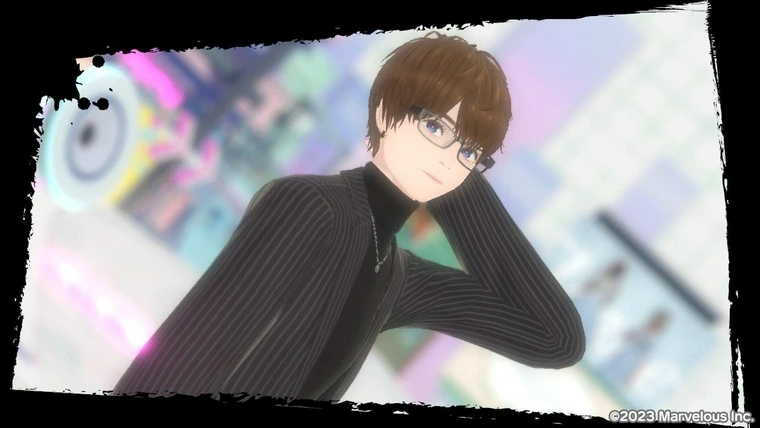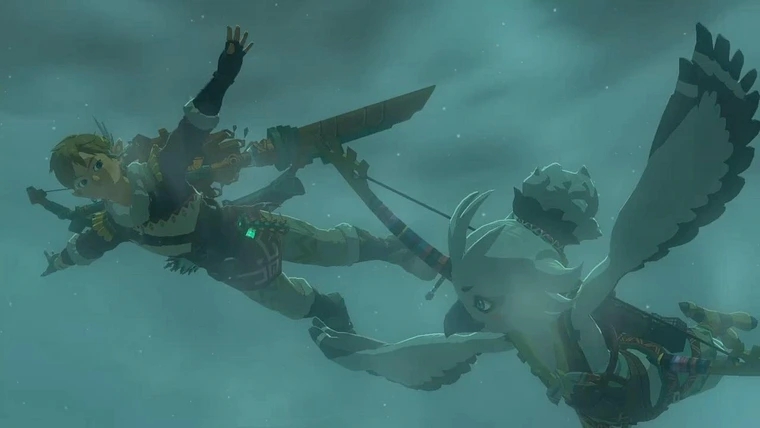We’re now 2 weeks past the end of 2023, a full decade since the last time I wrote a year end review post. Naturally, a lot has changed for me in the past decade so it’s kind of wild to look back at that post and try to discern what I was thinking at the time… and what I thought was funny. Back then, I was a college student, with a lot more time between classes and a much more limited budget for games. Now I’m an office worker that doesn’t really worry about budgeting for games but much more lacking in time to play.
That being said, if I want to play something, I’ve been able to find time, especially in the last two months of the year where I had more time off than I knew what to do with. So to start off, I want to talk about some games not from this year that I just enjoyed playing for the first time.
THE OLD GAMES
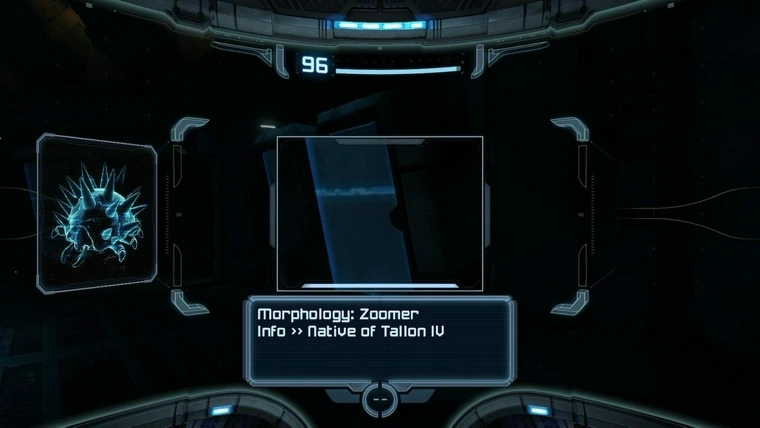
Metroid Prime
The first time I tried to play this game was long before I tried out any of the 2D Metroid games and I ended up falling off. That’s partly due to what type of game it is, but the real reason is more to do with the fact I was playing the GameCube version on the Wii. I’ve always preferred handheld gaming to console purely due the increased likelihood of reducing the pick-up to play time, and the Switch has mostly eliminated that barrier. Add in the modern aiming controls and it became very easy to devour this game. While it’s easy to see a version of this game that could have been even better, likely due to the constraints of the console, this very quickly became one of my favorite games ever.
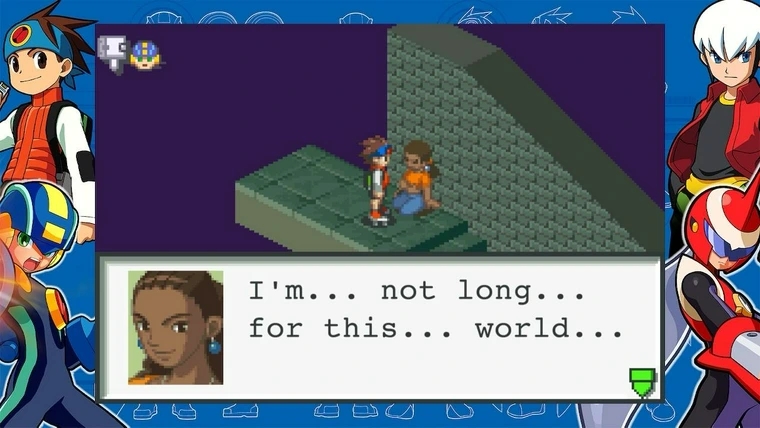
Mega Man Battle Network 2
The collection of all 6 games was an excuse for me to play the first two games in the series- the only two I’d never played. What I learned is that no one should play the first game, and frankly, based on that first one, it’s shocking how they even got the greenlight to make 5 more. The second title, on the other hand, may not have all of the QoL improvements or cool transformation mechanics of the latter games, but what it does have is the most buckwild main story campaign in the entire series. This is a game that starts with a child being gassed and includes 2 attempted terrorist attacks, including a plane hijacking in a game that released less than 1 year after 9-11. The final area and sequence that is shockingly far out there, even to someone that played the 4 subsequent games in the series you’d have expected to up the ante. If you’re only going to play one, I’d probably suggest playing 3 or 6 instead, but if you’re going to play a bunch of them, definitely give this one a look.

Ninja Five-O
Getting an Analogue Pocket late in the year may not have been the best investment I’ve ever made, but it’s just such a nice device to have, and installing the FGPA cores into it has expanded that in dramatic ways. The standout GBA game from all the ones I’ve tested out at this point has to be Ninja Five-O. It’s the kind of game that I’m shocked never had a sequel. It feels perfect to control, even by today’s standards, and the only thing holding it back is its arcade type length and its simplistic level design. Sadly, I don’t think we’ll ever see any more of it again. It was a Hudson Soft product and it doesn’t look like any of those that worked on it have even been active since they folded.
HONORABLE MENTIONS
Alright, with those out of the way, it’s time for an actual top 10. I only played around 22 new games last year, which I suppose is quite a bit for someone without a media job, but there were a few notable games I never got around to either because I didn’t have the time or, more likely, I just didn’t want to. Of those that I didn’t have the time for, I should denote that I was looking to get to A Space for the Unbound, Paranormasight, Humanity, Street Fighter 6, Pikmin 4, Armored Core VI: Fires of Rubicon, and Star Wars Jedi: Survivor– though for that last one, it’s also because I’ve had its predecessor since 2019 and only just this month took the shrink wrap off of it.
Besides those, there’s also two other games worth mentioning and titles I played a good chunk of, but didn’t get far enough into in order to feel like ranking them. So here are the honorable mentions.
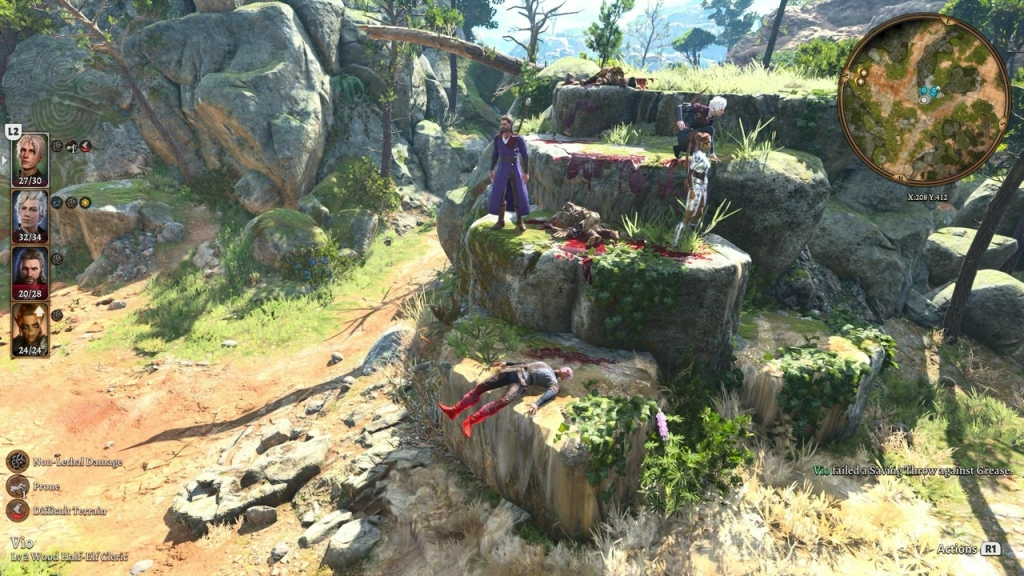
HM. Baldur’s Gate III
When last I left off Baldur’s Gate III, I was standing at the option to move on to Act II of the game, debating whether I wanted to push ahead or go out exploring to see all the available encounters I might have missed. While that is probably enough to get a good understanding of what Baldur’s Gate III is (a relatively large area cordoned off into small areas each designed to be a place where a thing happens), it also feels like missing a lot of the exact content that makes the game special (all of the character developments and consequential actions continuing in later Acts).
Part of why I don’t feel comfortable ranking it is that, if I were to rank it now, I likely wouldn’t include it in a top 10 at all. My friends would chide me that this is due to the game not having a character that I’ve become specifically enamored with, which is, admittedly, one facet of a game that often gets me engaged. While I do think that’s likely a factor for why I never felt a need to get back to it, the fault for making fall off is much more attributed to its daunting length compounded by just how little I want to do any of the combat in this game.
I was never a D&D person, and building out characters to fight in this game just ends up being a lot of mental work, even on story difficulty. In comparison, the roleplaying through dialogue has been infinitely more engaging and for me is the real draw. If the combat could get out of the way, I feel like I might have pushed through this game a long time ago. As it stands, it feels like it might end up in the eternal pile of “I should get back to that sometime” that no game can escape.
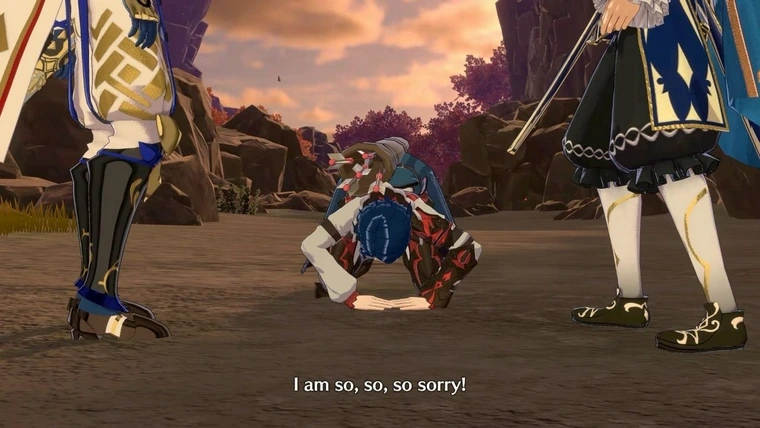
HM. Fire Emblem Engage
Fire Emblem Engage’s one true mistake was not its character writing or design, both of which leave a lot to be desired. What really puts it here is its decisions over limiting difficulty settings. I played about 10 chapters of this game on Normal difficulty in Classic Mode, which has permadeath active. The main story quests in this game are balanced well for Normal difficulty, making for some of the most engaging tactics the series has ever had. The 10 chapters I played before I fell off were legitimately some of the most satisfying gaming moments I’ve had all year, and the ability to revert to previous turns to fix a mistake that cost a character their life meant that even if things go south, there’s likely no frustration in having to restart a whole map to avoid a character death.
The issue with the game, for me, comes with the most daunting thing about older Fire Emblem games: if you don’t level all of your characters as you go along, they’ll be too weak to participate in fights later in the game. Most modern Fire Emblem games solve this issue by providing skirmishes, non-story fights on a previous chapter’s map with generic enemies, to allow you to grind. The problem with these skirmishes is that they are far more difficult than the main chapter battles! Where the main campaign often sees enemies slowly attacking in waves, the skirmish fights see all enemies rush your position, meaning you’re almost immediately surrounded by enemies. There’s not really an option here to fight weaker enemies because any skirmish seems to be leveled to meet whatever chapter you’re currently on.
To try to resolve this issue, I tried turning the difficulty down to Easy, which made the Skirmish a cakewalk, but meant that the main campaign would be… un-Engage-ing, and since you can’t turn the difficulty back up once you turn it down, you’re basically left either ignoring the skirmishes or making the main campaign boring. Ideally, I would have liked to just turn off permadeath- since I wasn’t really letting characters die anyway- but that’s not something that can be changed after you first select it.
So at the end of the day, my choices ended up being either to play the whole game on Easy or start from the very beginning. I considered the latter option, as it’s only 10 chapters, but like Three Houses before it, Engage does this really tiresome thing where after every single fight, you’re encouraged to run around a hub world talking to all sorts of characters and doing little minigames for tiny stat boosts that might build up over time, and when I added that all in to the equation I ended up just taking the third option and just not playing it again. Sorry Fire Emblem Engage, I sure hope the next game decides not to do that.
THE ACTUAL TOP 10
Sorry for being so long-winded. The good thing about having a personal blog is that you can write a top 10 post and spend 1600 words not talking about the top 10 without an editor in your ear telling you to wrap it up.
2023 was a weird year for my relationships to video games. Usually, I end up with at least one game that’s not only a great game but one that I truly fell in love with. I can’t really tell you the last time I looked at the top 5 of my list and thought “I don’t know if I really care about any of these games”. Which isn’t actually true, I’ll go to bat for the games in my top 5 in a heartbeat, but this is just one of those years where I look at basically every game I played this year and I just see games from other years that I have far greater of an attachment to. So let’s go through this top 10 and talk about why.
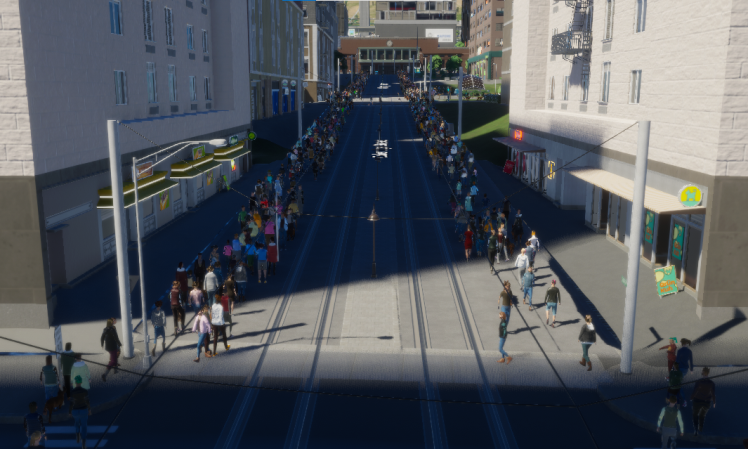
10. Cities: Skylines 2
I’m not the best person to ask about what makes a good city builder. All I know is when there are things I’d like to do that I can’t, and certain things don’t function the way I thought, which, at any point, may just be user error. Cities: Skylines 2 is on this list because it coincides with my own journey into becoming an urbanist, sparked over the last few years by a trip to Helsinki, a lovely ride on the Amtrak NE Regional, and moving into the city from the suburbs. So interested was I in making transit routes in a city builder that I downloaded the first Cities: Skylines and immediately lost a whole weekend to it.
I lost so much time, in fact, that I immediately uninstalled it from my PC. A day later, Cities: Skylines 2, a game developed by a studio just outside Helsinki, was announced in a teaser trailer featuring the interstates that cross paths in Milwaukee, my hometown. City: Skylines 2 was the game of destiny, and despite the technical issues, the lack of content I paid extra to have in the first game, and questions over whether the changes in traffic AI even works, I still put as much time into it this year as anything else, and felt pretty good about the results.
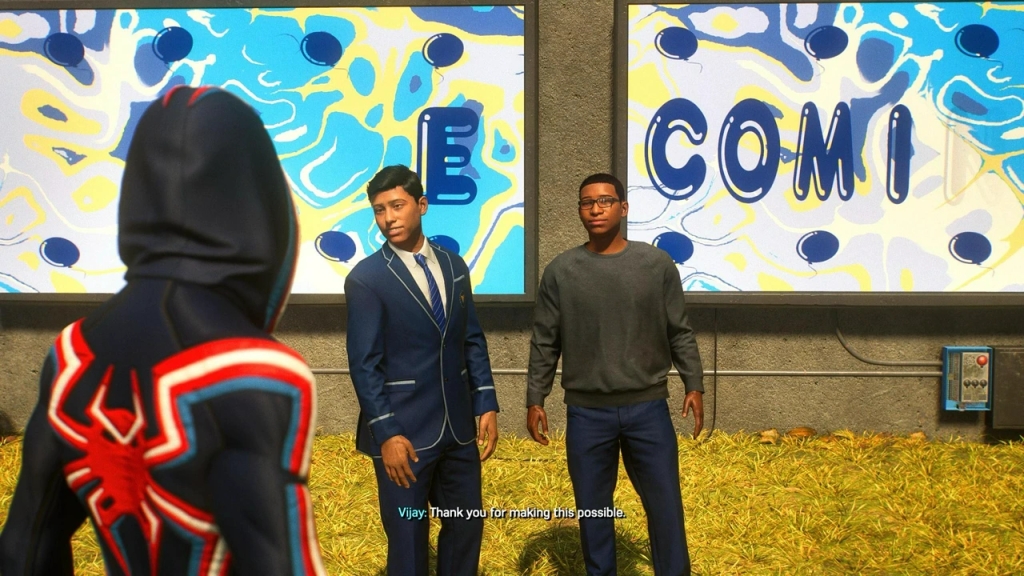
9. Marvel’s Spider-Man 2
I’m not particularly in love with the new Spider-Man. The movement mechanics remain great, and they’ve added a few new twists to make traversing the city fun. The main story is a bit lost on what to do with Miles most of the game, and I’ve never found Kraven or Venom that interesting as villain narratives, especially when they’re retreading familiar ground.
The side content, however, is incredible. It really feels like Insomniac made a concerted effort to use all side quests to ground both Spider-Men into the community and emphasize that they are not just heroes, but friendly, neighborhood heroes. It’s a welcome change from some of the weird stuff they had Peter do in the first game, like calling himself “Spider-Cop” and planting surveillance equipment across the city for the police. Among others, the most notable for me were helping an elderly man from the first game find a new home for his pigeons, helping a woman search for her grandfather, and helping a Harlem music museum retrieve its stolen goods.
When they make another one of these, I wouldn’t mind if it were entirely these kinds of missions. Helping normal people with interesting and meaningful stories.

8. Super Mario Bros. Wonder
I’m never shocked when a Mario game is great, and these 2D games will never blow me away the same way the 3D games have over the years, but there isn’t much of Mario Wonder that doesn’t feel extremely tightly designed and wildly imaginative. It’s also one of very few games where I completed all the content on offer, despite getting extremely frustrated with the final two challenge levels. As someone who will often push to finish the main campaign and stop playing, especially if the remaining optional content seems stressful or a pain, that might say the most.
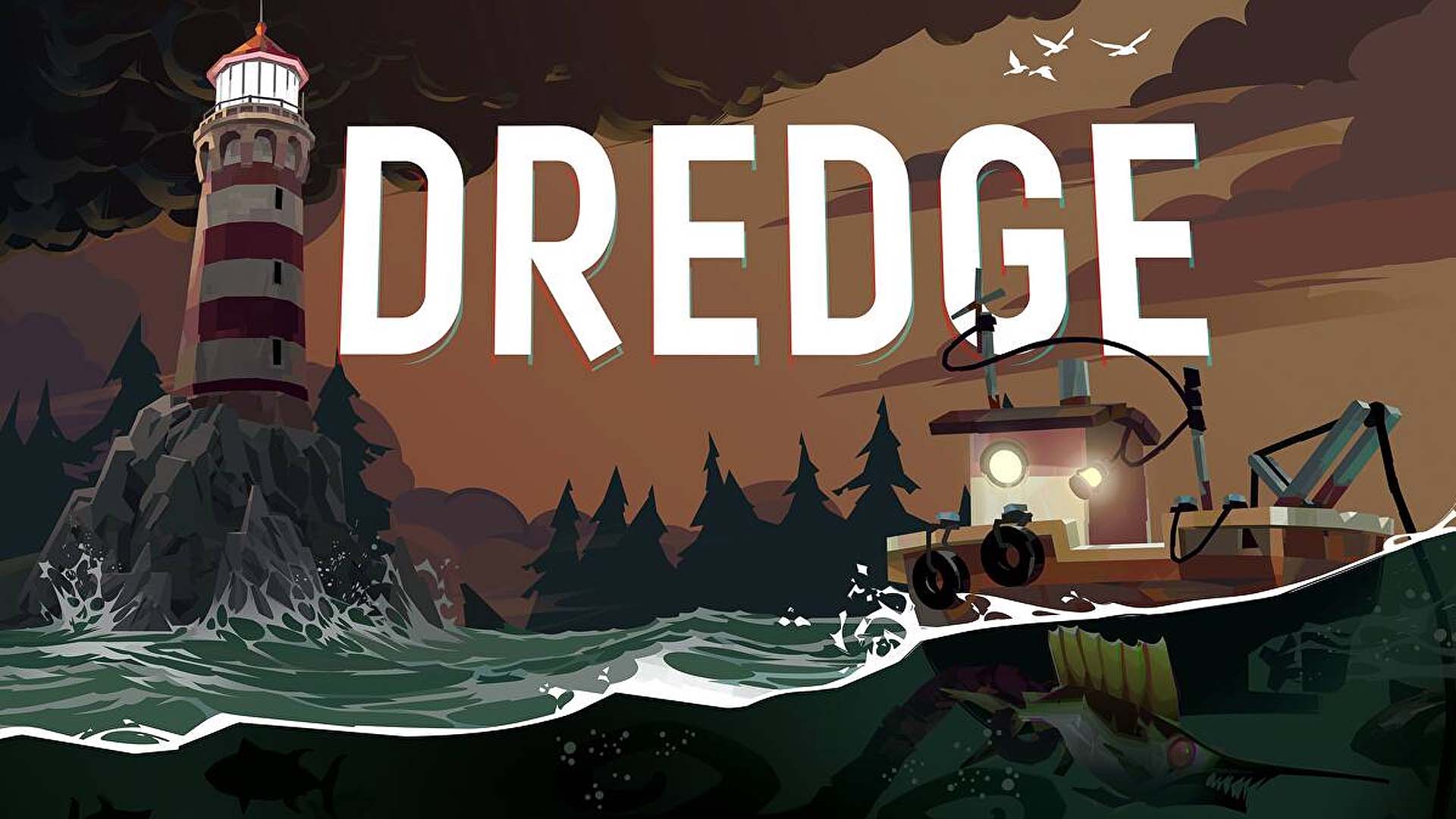
7. Dredge
I pushed Dredge up and down on my list a few times after completing it. I’m not sure how many of the horrors of the deep I might have missed, but that’s mostly a testament to the harrowing design of the game to make you want to manage your sleep & daylight as best you can. As someone averse to horror, it never felt like too much, or that I couldn’t proceed by being a bit of a coward. It pushes you just enough to accomplish what you need to and see what awaits you without punishing you for trying to skirt around it.
Which was great because I loved the game loops! I didn’t go so far as to complete the bestiary, but I did fully upgrade the ship, and it was always exciting to pull up a new version of fucked up fish.

6. Chants of Sennaar
There was a point in Chants of Sennaar where they take the training wheels off and really dump a bunch of words in a new language on you. When they first hit, there was a part of me that thought there was no way I’d be able to work it out. But, sure enough, after exploring enough and figuring out enough context clues, I was able to easily translate what was being presented to me. If only real languages were only limited to 30 some words.
Chants of Sennaar is some of the most interesting ideas and mechanical systems I’ve experienced in a while, and despite being mixed on the stealth aspects of the game and a bit of backtracking, it progresses to a really cool translating climax that nails home the game’s themes. It’s not a perfect ending, but the journey there was really cool.

5. Alan Wake II
Alan Wake II, in many ways, feels undeniable. As I said earlier, I’m not a horror person, and for a good period, I felt like I was just going to let this game pass by. That was until I stayed with a friend for 2 days and he dedicated an entire evening to having me play through as much of this game as possible. We got all the way to “We Sing” before calling it a night. I was sold, and bought the game once I got home half a week later.
It was a bit more challenging for me to complete it than those first few hours. Part of not being a horror person is just getting tired out by the associated anxiety, which causes play sessions to end up being rather short. Usually when that happens, I take so long to finish that new stuff comes out and it just hits the backlog. This time, I just got drunk on new years and used that inhibition to push through.
The challenge of needing to push through the horror gameplay to see the incredible multimedia content did at some point, make me question whether I liked Alan Wake II as a game, but there’s so many great sequences throughout the game that are enhanced by playing through them that I couldn’t really hold onto that feeling for long. It’s just a great experience in all its forms.
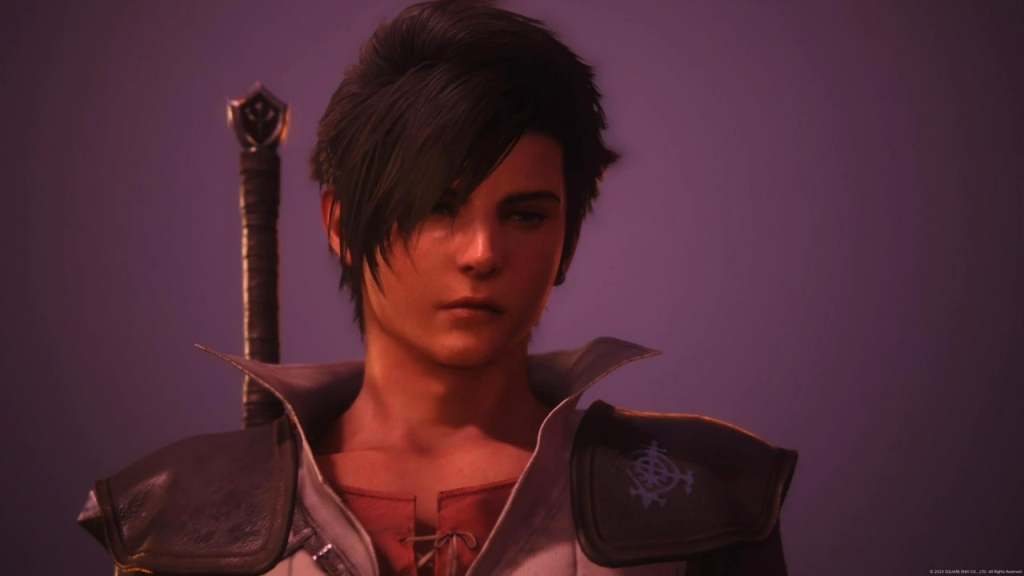
4. Final Fantasy XVI
At the start of every year, I put together a document to track all the games I’m looking forward to, everything I’ve played, and a running ranking of my favorites. Ever since playing it in June, Final Fantasy XVI was squarely at the bottom of that list. Until it was #10. Then, whenever a new game was added, I’d kick whatever was #9 off the list and keep it at 10.
You see, I don’t think Final Fantasy XVI is a very good game. After finishing the last numbered, single-player Final Fantasy games I had left to play, XVI currently ranks 9th for me.
Its main story is abysmal, jumping between undercutting its own emotional moments, having a naïve concept of structure of power, questionably treating its own female characters, peaking well before the climax, and basically retreading common final fantasy tropes in its villain in a much less interesting way than they’ve done previously (I suggest playing Final Fantasy XIV: Shadowbringers). And while I like the combat, it’s never difficult and doesn’t require you to really change your strategy depending on what enemy or boss you’re facing. Add onto all that, the side quests in the first half of the game all take after the worst aspects of side quests in the last decade and a half of Final Fantasy games, to the point that a lot of people I’ve seen just started ignoring them, even though the latter half of the game features much meatier and more interesting side stories.
BUT!

I love a lot of the characters in this game. I love how soft and caring Clive is. I love how hilarious his uncle is. I love how they had gays and those gays kissed (even if it was in a wide shot from distance). I love the way I can press 2 buttons to run through a large group of enemies and kill them immediately, a tactic that never got boring because of how much of a gremlin I became in doing it. I love Torgal! I loved the big action set piece boss fights!
There is an emotional connection I’ve made with this game that overpowers so much of its flaws in ways I can’t really defend, but the benefit of a personal top 10 is that that feeling is all that matters. Final Fantasy XVI is a top 5 game of 2023 for me.
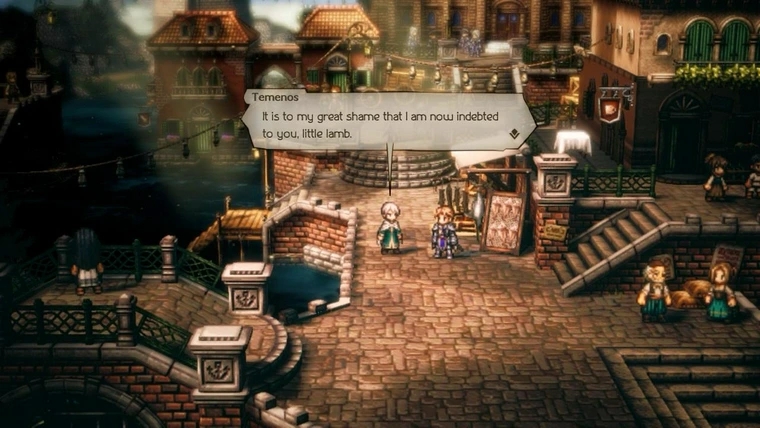
3. Octopath Traveler II
One of my favorite aspects of older Square Enix RPGs is just how snappy their combat & menus are, and how quickly battles can be cut through. The Octopath Traveler games, to me, captures that same feeling. In addition to that, they also posses what I’d argue is the best turn-based battle system in all of RPGs, that asks you to figure out how to attack enemies and exploit their weaknesses using the extremely satisfying options they’ve provided. Together, they offer the most compelling RPG combat I’ve ever played, and I’m constantly finding myself comparing other games to them. Only slightly changing the system by adding a new option to further exploit the mechanics in the way Octopath Traveler II did would have probably been enough to get the game on this list.
But the big change to this game from the original was just to change up how each of the character chapters flowed. In the original, each one had a hard structure where you reach a place, do some narrative content, do a dungeon, and fight a boss. The sequel’s decision to mix up the structure of chapters, to the point that some have no combat at all, is probably the most significant narrative change. That and having 4 extra series of chapters where two of the 8 travelers are paired up.
If I’m being honest, my biggest annoyance with the game at this point is that I don’t think these changes are significantly different from the last game. The annoyance isn’t with the game, mind you. The annoyance is with constantly seeing people talk down the original game over it! The Octopath Traveler 1 defender has logged on!
At this point, it feels pointless to criticize the game for issues like not having the stories feel like one larger narrative instead of 8 smaller narratives that come together at the end. That’s just not what this game is. Especially when the individual stories themselves are compelling on their own. It may be challenged with having all of the stories feel as important as each other, but in a game about 8 main characters, it really can’t be understated just how charming they’ve made all 8 of them.
Especially Temenos. Octopath Traveler II gets a top 3 ranking for Temenos.

2. The Legend of Zelda: Tears of the Kingdom
There was a moment in Tears of the Kingdom where I finally got the glider and jumped into one of the chasms and first set foot in The Depths. After lighting up the area a bit with seeds and opening the map, I found myself setting the controller down and pacing the living room, constantly repeating to myself “what the fuck”. Not only did the Zelda team make an entirely new map under the current map, they also did not talk about it whatsoever in the marketing. To me, this surprise in just how much work was put into the game is what defined my time with it. Every new thing they added to the game feels like the sole reason they needed 6 whole years to release it.
It pains me sometimes when people say that Tears of the Kingdom is a better version of Breath of the Wild. To me, rather than being better, it’s a completely different game. The slow wonder of exploration in the first game is replaced entirely by the high octane thrill of launching yourself out of the top of a tower and falling to where you need to go to, or building a simple flying bike and skipping all obstacles in your path. In fact, if you have any issue in Tears of the Kingdom, you can probably solve it by building a flying bike.
It really can’t be understated just how wild the new abilities in Tears of the Kingdom are. The Ascend & Recall abilities alone were so gamebreaking in feel that I would often find myself stuck at times simply because I just forgot I could use them, but then you add on the wild number of mechanical combinations the Fuse ability allows, and the infinite number of devices you can create with Ultrahand and I truly cannot imagine how much QA testing hours were needed to make this game feel as polished as it is.
It’s all so unbelievably complex and wildly ambitious that I can almost forgive them for marrying off Sidon to someone else.
GAME OF THE YEAR
For 9 months of the year, I had Tears of the Kingdom as #1 on my top 10 list, and for 9 months I thought to myself, “it can’t be that simple can it?” Breath of the Wild was my #2 game of the year in 2017 and I’m not sure if I like Tears better. Was there nothing I was truly obsessed with in 2023 to topple it? Then, there was a point that I thought to myself “Am I ranking these games based on what is considered a good game, or am I ranking my favorite 10 games of 2023?”
That simple thought finally launched Final Fantasy XVI up my top 10 list, even though my frustrations with it couldn’t be overcome by my emotional attachment to it. It also made me move one other game up from the lower half of the list to #1, just to see how it looked. What I found out, is that it just felt right.
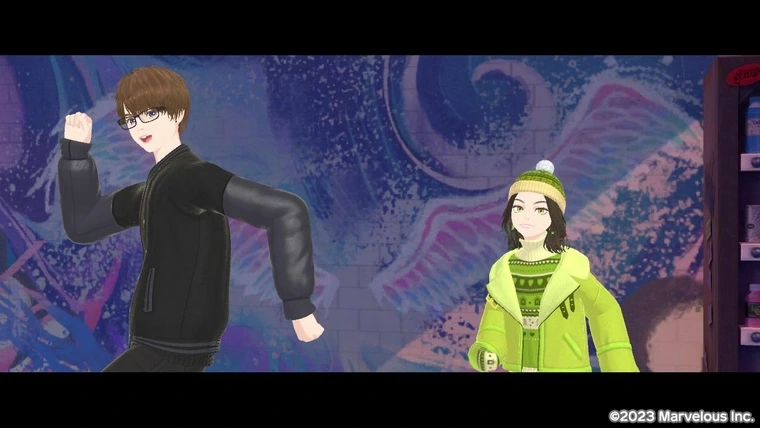
1. Fashion Dreamer
For years, a friend of mine has been pitching the StyleSavvy series to me, a series of first party Nintendo fashion games developed by SynSophia. As someone with loads of insecurities, fashion has always felt like something happening to other people. I go to a clothing store and look at a ton of clothing I’m just never going to try on. Especially as a slightly overweight man that’s slightly too short for Big & Tall and slightly too tall for normal clothing, just trying things on in a store and looking at myself in a changing room mirror just doesn’t feel right. The clothes aren’t tailored to me. I’m often left feeling that I shouldn’t be there, and I do not want to be perceived. That’s why, when I can dress up a character in a video game, where all the clothing fits and I can play around with different looks, I become obsessed with it. In retrospect, a fashion game where you can pick outfits for someone was a surefire hit with me. I’m secretly the target audience.
So it’s with that knowledge that I tell you that I cannot recommend Fashion Dreamer to you. This is it, the game I’m so emotionally invested in that I can no longer provide an impartial recommendation. Just keep that in mind.
I love this video game.
Longtime StyleSavvy fans were likely disappointed in it. There’s no campaign story or shop management like in the series it’s a spiritual successor to. There’s not a lot too it outside of collecting clothing pieces, customizing colors, and dressing up NPCs and other players. Some of the menu design could use major QoL overhauls. I could not care less. I started StyleSavvy: Trendsetters on 3DS, played a few enjoyable hours, realized I couldn’t dress up a boy, and then immediately downloaded Fashion Dreamer.
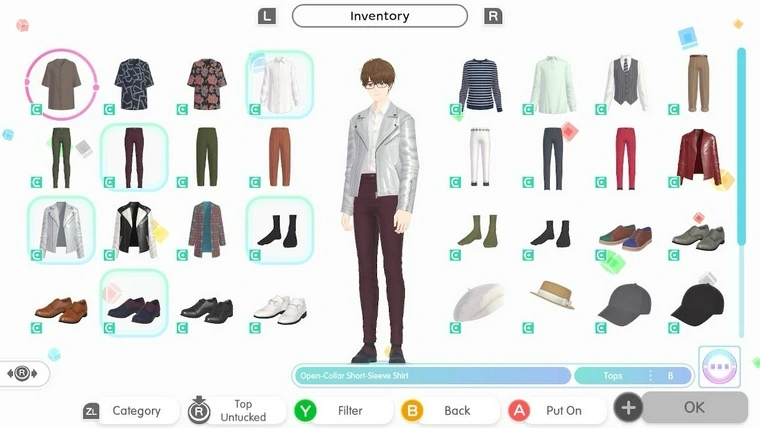
Fashion Dreamer is a game that lets you have any clothing item you find in game. You simply “like” it, and it’s added to your inventory to be used in other outfits. Its gameplay loop, which does, in-fact, exist, involves making outfits, taking pics of yours and others’ muses, and using that to farm currency and experience, presented in this game as followers. Increasing the follower count lets you increase the number of areas you can visit and the types of clothing items you can unlock for customization, which is what the currency pays for.
The thing I realized is that despite adopting Social Media imagery- a move that has become a bit of a joke in video games over the last decade- Fashion Dreamer may be the only game I’ve played that feels like it understands what makes social media so addicting and gamifying it without turning itself into a gacha-like live service game constantly asking for money.
Numbers go up when you make an outfit. Numbers go up when you take a picture. Numbers go up when another player likes your outfit or clothing piece. Numbers go up when someone send you an outfit. Numbers go up when someone likes an outfit you sent. Numbers go up when someone visits your showroom. The key one that brought it all together for me is that in customizing a clothing piece with a certain color scheme, it gets marked with your brand. And yes, if a clothing piece in your brand is liked when used in someone else’s outfit, numbers go up.
I took a break with the game over the new year and when I came back, some shoes I’d customized had been liked 50 times. The pings just kept coming in, the numbers kept going up. That’s when I realized that you can go viral in Fashion Dreamer. And yet it’s still very anonymous. No one knows who you are, and I don’t think anyone cares who you are. You get the dopamine hits of a ton of attention without the toxicity of social media fame.
Fashion Dreamer is the ideal social media experience.
It’s my favorite game of the year.
Here’s my boy, Aiden. I love him dearly.
